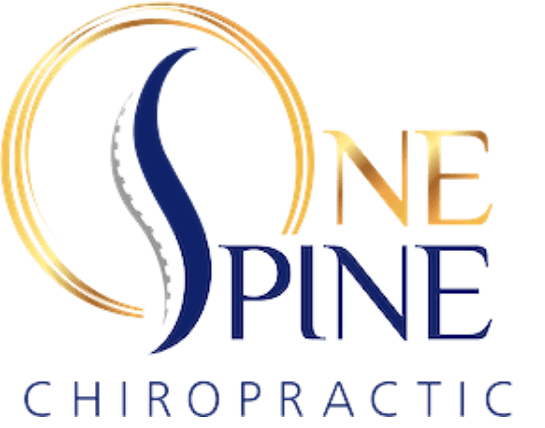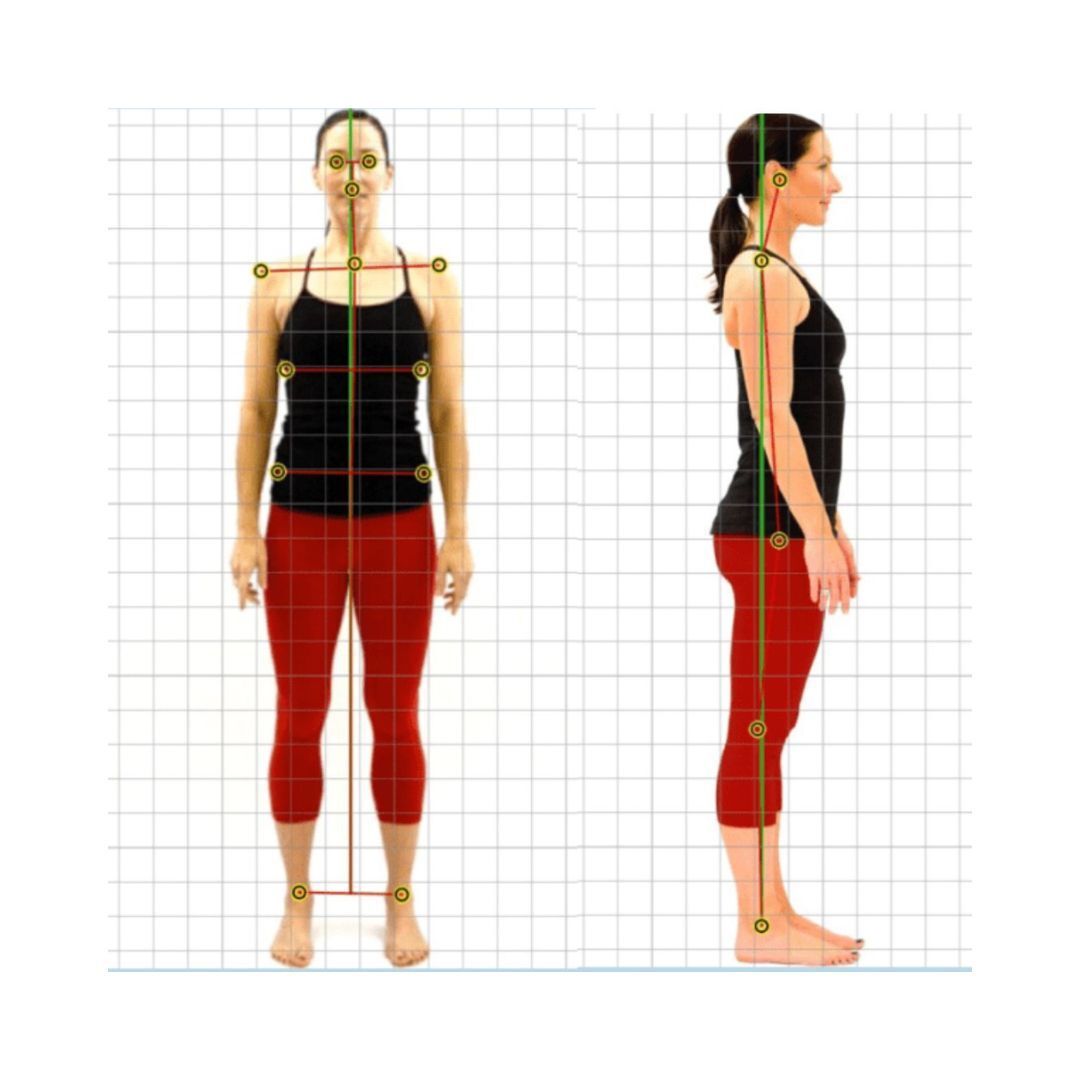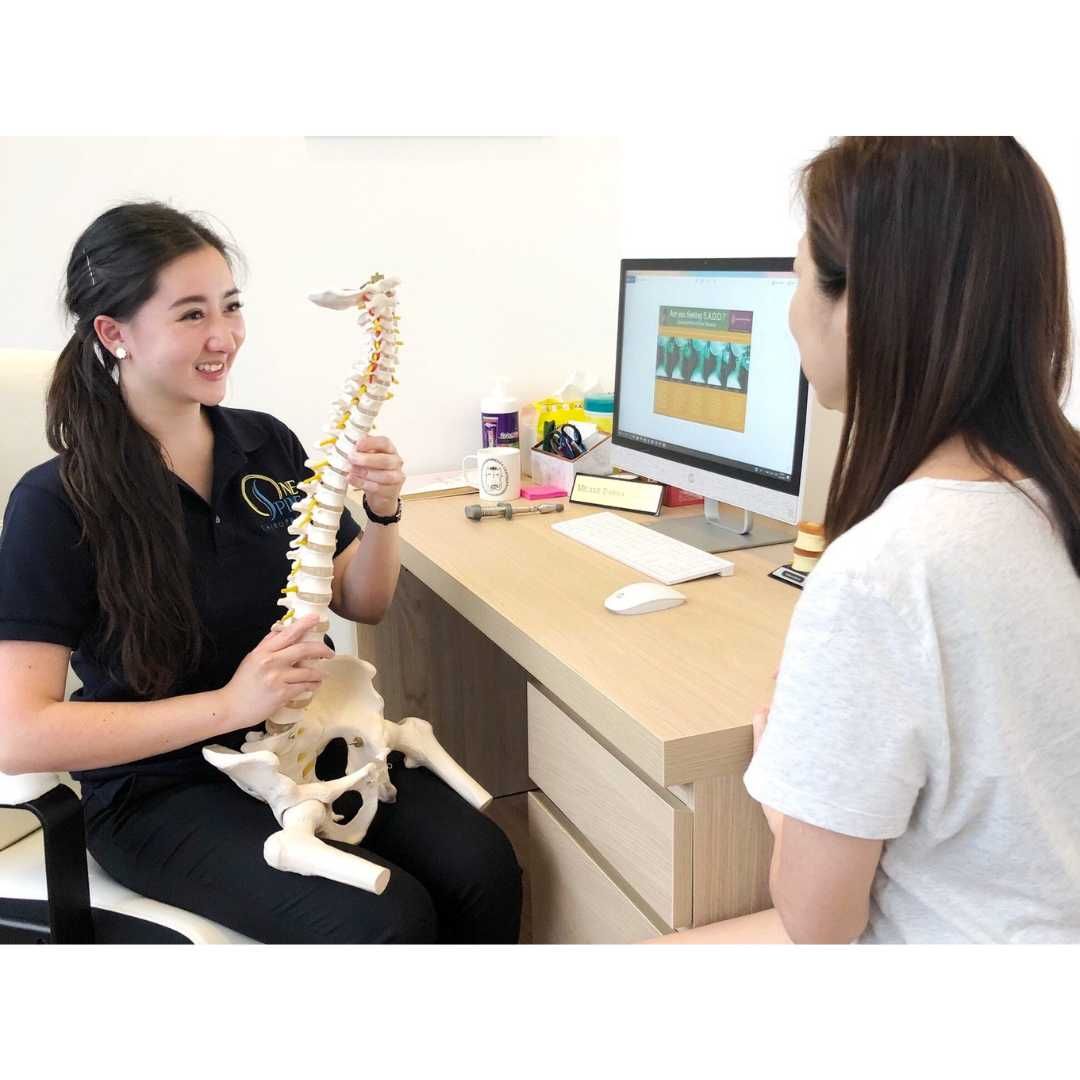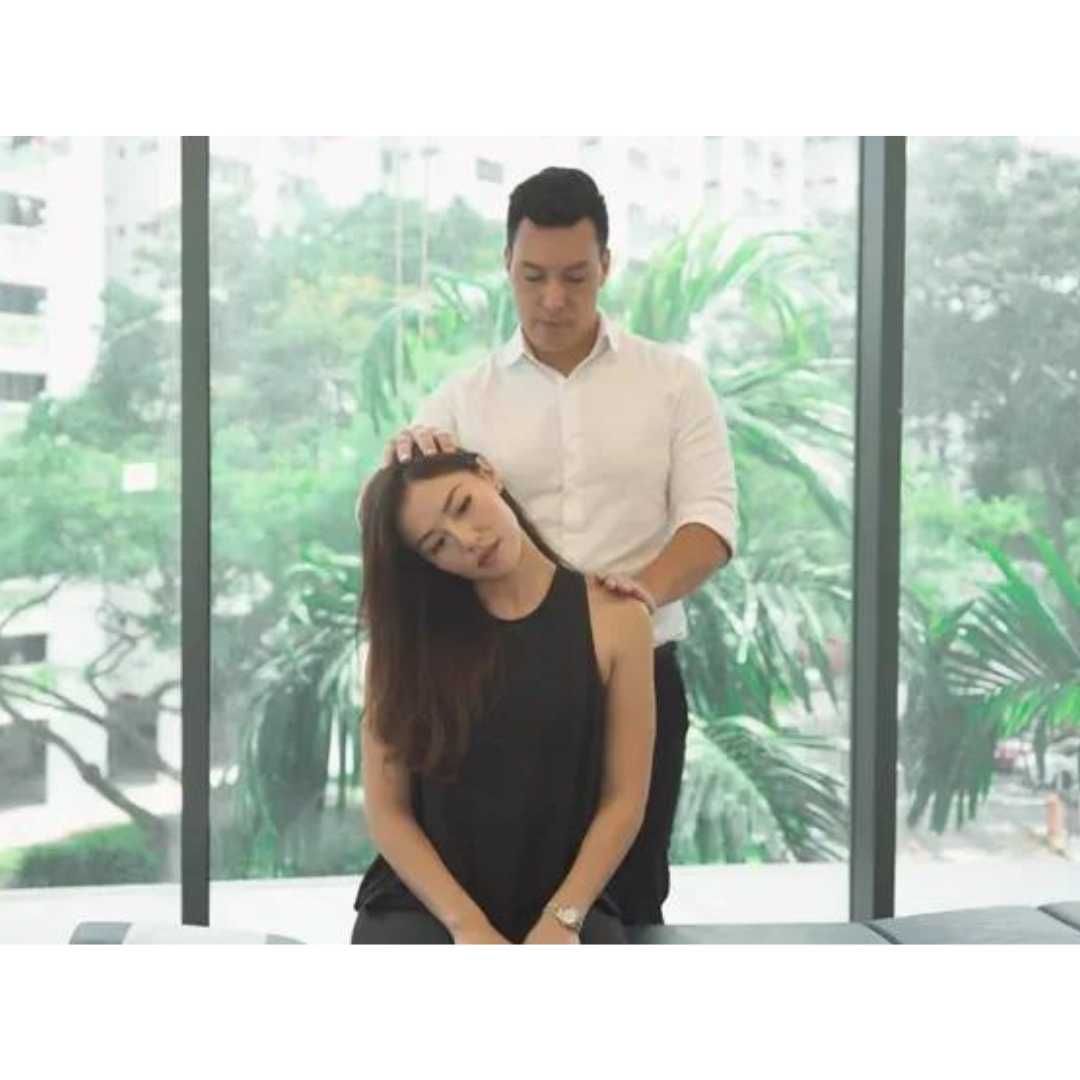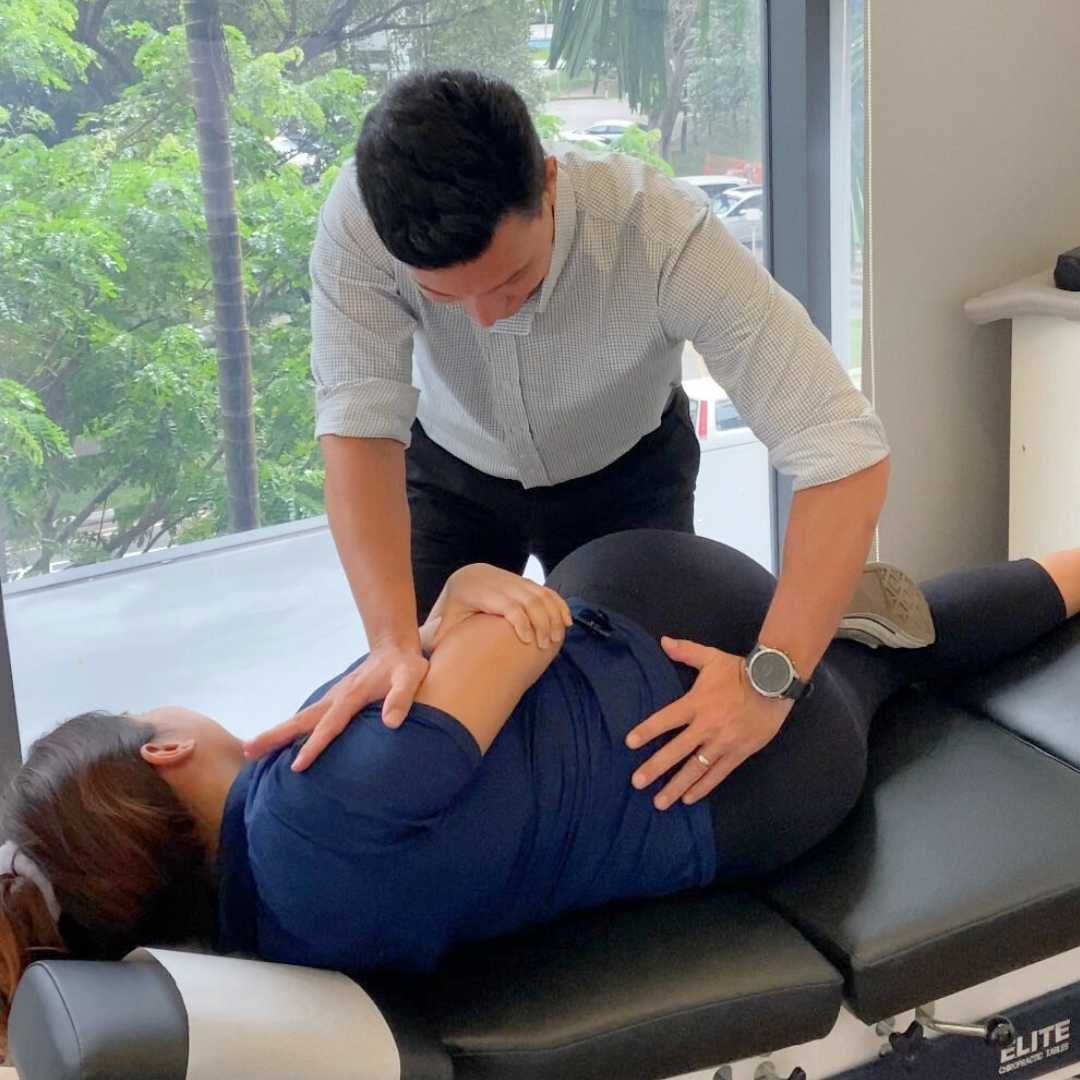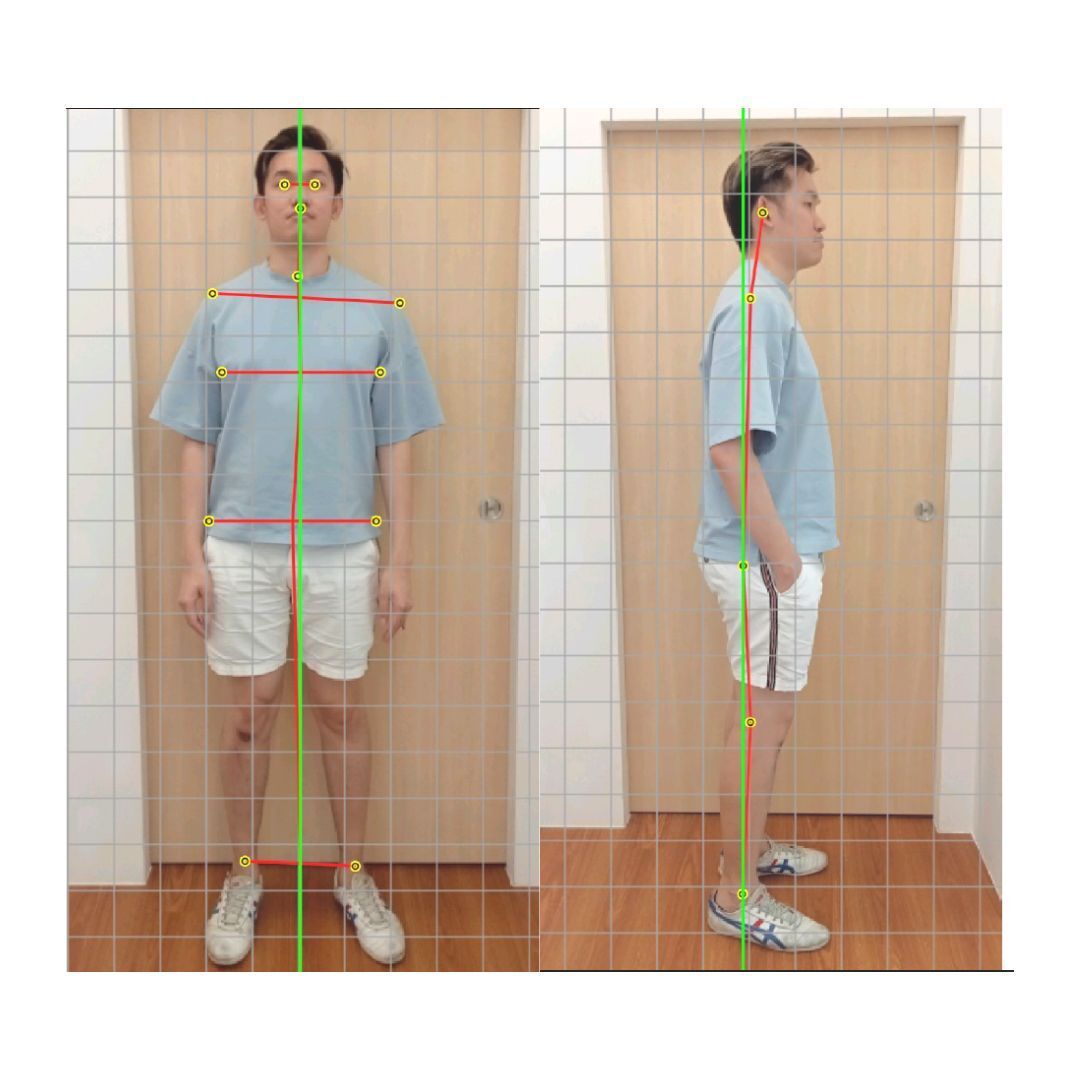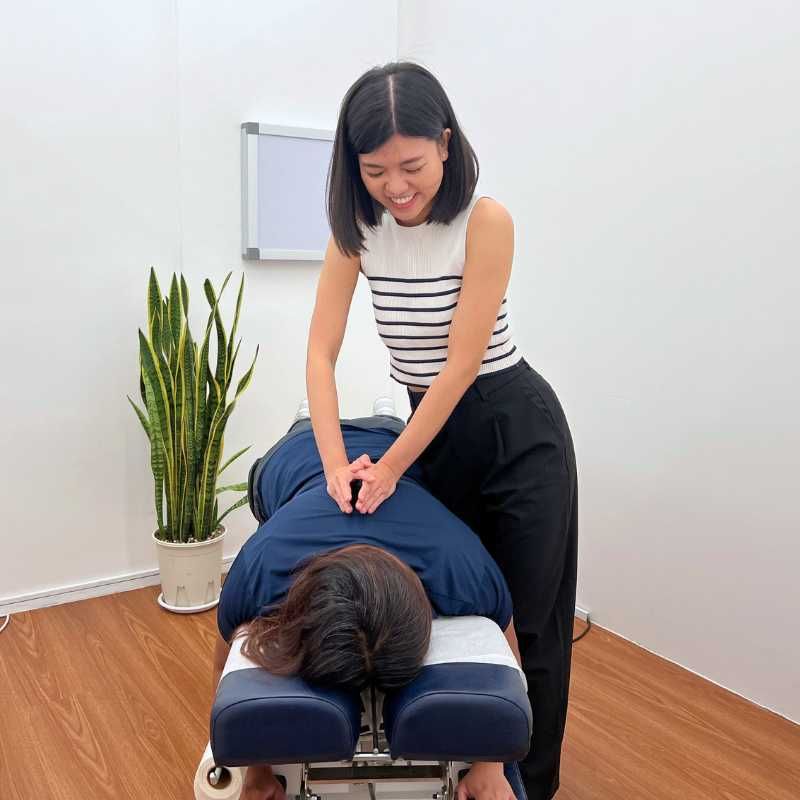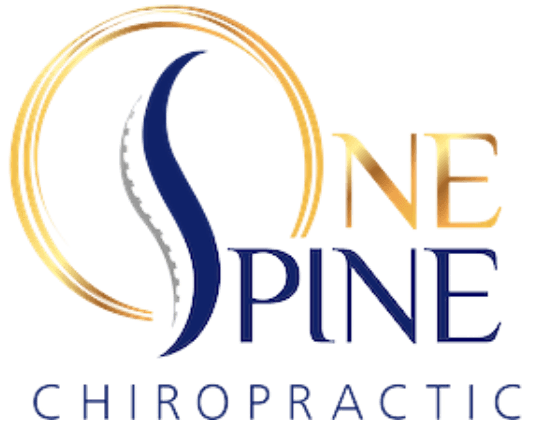Is my baby's head shape normal?
Deformational plagiocephaly, or commonly known as flat head syndrome is when a child has asymmetrical distortion of the skull. It can present as a flat spot on one side of the head or the entire back of head.
What are some signs to look out for?
- Is your baby’s head flatter on one side?
- Does one side of your baby’s forehead bulge more than the other
- When looking top down at your baby’s head, are their ears aligned, or is one pushed forward compared to another?
- Is there less hair on one part of their head?
What causes a flat head?
When a baby keeps their head in one position for long periods of time. The skull bones of infants are softer, so they can change shape easily. There are many factors that limit the infant’s ability to reposition their head naturally during the first few months of life, this includes:
- In-utero constraint
- Position of the baby in the uterus during pregnancy may cause pressure to their head. It can also cause distortion in the cervical region which will predispose the infant to prefer to turn to one side
2. Birth trauma
- As the child travels through the squashy passage of the birth canal, cranial strain can occur
3. Muscular torticollis
- This can happen as a result of physical trauma to the cervical spine and muscles
- Makes it hard for babies to turn their heads, causing them to keep head in same position
Why it needs to be addressed
Deformational plagiocephaly is associated with increased neurodevelopmental issues affecting the visual system, the auditory system, motor development and cognitive development. It can also result in mandibular (jaw) and facial asymmetry.
Here is what the research says:
- It was reported that congenital muscular torticollis group achieved early motor milestones significantly later than the control group. (ÖHMAN, NILSSON, LAGERKVIST and BECKUNG, 2009)
- Infants with deformational plagiocephaly comprise a high-risk group for developmental difficulties presenting as subtle problems of cerebral dysfunction during the school-age years. (Miller and Clarren, 2000)
Treatment options (Waiting and seeing is not one of it)
The greatest amount of correction will occur before 12 months of age.
- Corrective helmets
- Chiropractic care
- Counter positioning
- Maximising tummy time
- Encouraging motor skills like rolling and reaching
- Minimize time in infant devices
How can chiropractic help?
Correcting dysfunction in the spine, hence restoring normal spinal movement (especially in the neck), and supporting appropriate neurological development. The adjustments delivered are safe, gentle, and effective.
Ways to prevent flattening at home:
- Repositioning the baby often
- Encourage lots of tummy time, be creative with this!
- Stimulate your baby on the side they least prefer with toys, talking, singing, shaking a rattle, or positioning the cot by the window
